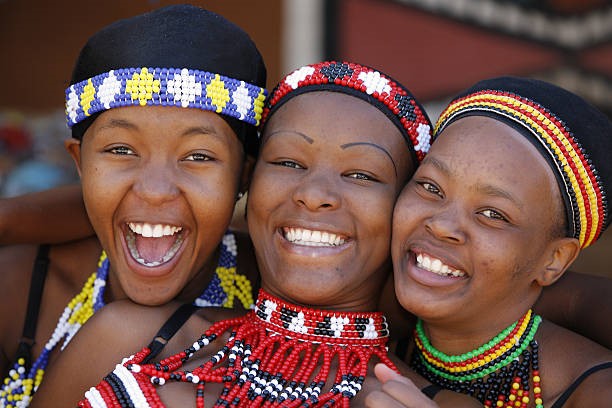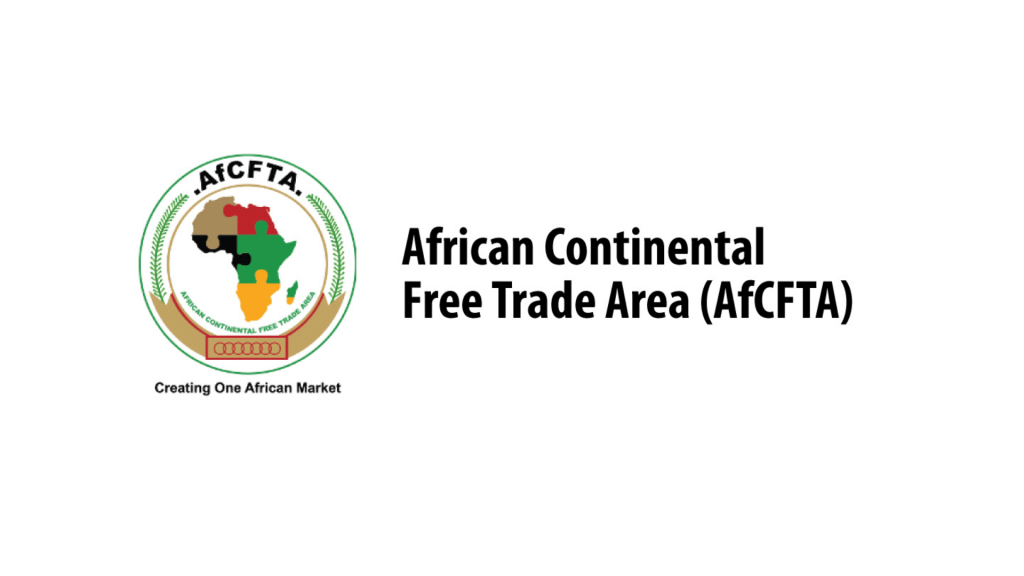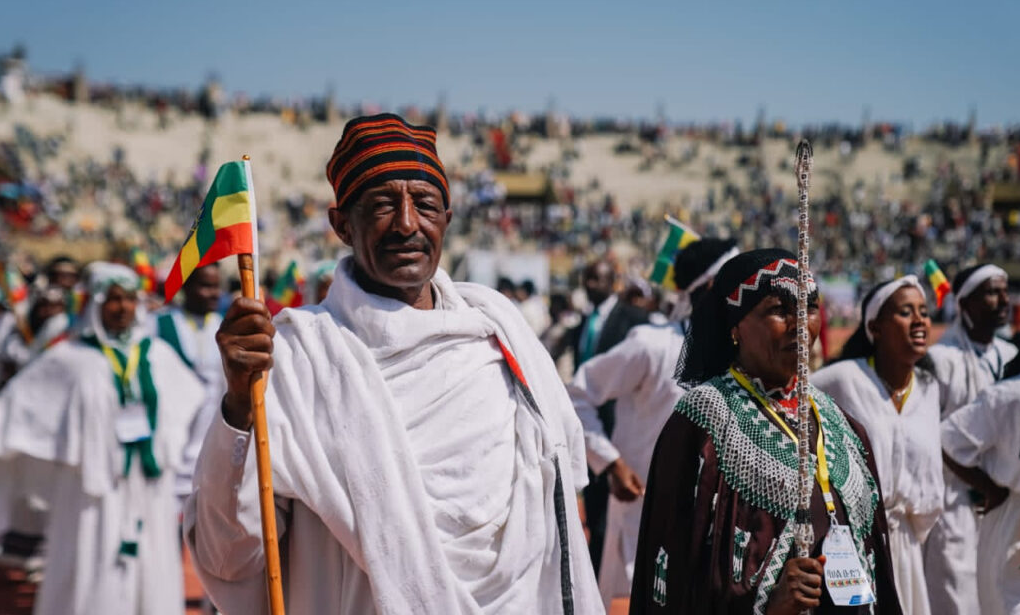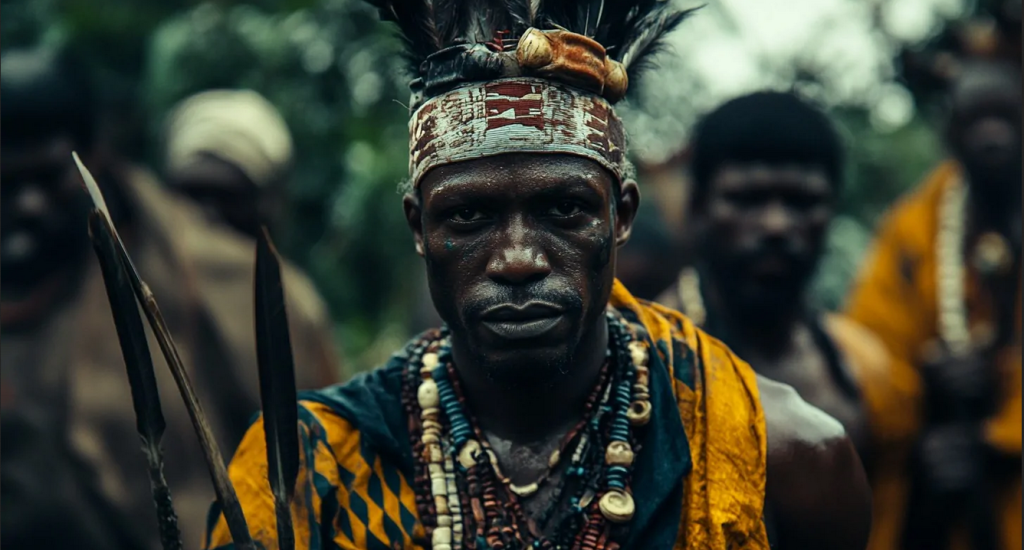Foods and recipes in DR Congo are different in different regions in the country. The culinary specialties of the land are spicy copious, warm, and rich in flavor. Etiquettes are also followed when eating in the Congolese land. These etiquettes include eating using only the right hand, and keeping the left hand away from the bowls or serving items, and the youngest individual will hold a communal bowl’s lip with his/her thumb and the index finger of the left hand. Older people will be the first to eat in the order of men first followed by the women and
the children respectively. One cannot often start to either drink or eat till one oldest man is served and has started taking his meal. Some of the common meals in the country include the Le Saka, Mossaka, Madesu, Fumbwa, and the Liboke.
Le Sakai is a popular and national food in the Congolese region. The dish consists of cassava leaves, peanut butter, smoked fish, and palm oil. Fresh cassava leaves are boiled, pounded, simmered, and decorated with different condiments, spices, or veggies. The dish can be accompanied by plantains, kwanga, or fufu. It can also be taken with either smoked fish or any other piece of meat that includes mutton, beef, or any preferred meat. The taste of the dish depends on the one who has cooked it. People believe that an exceptional taste of the meal will depend on the “hand” that gave and received the “formula” to prepare it.
Mossaka is a traditional dish from DR Congo that is also popular in countries abroad. It is made of roasted chicken that is cooked in a thick sauce got from palm nut extracts. It is commonly referred to as chicken with ‘Moambe.‘ Maombe is got from ‘mwamba’ that is designated from mashed palm nut. Maombe provides the meal with creamy reddish sauce to decorate garlic, fresh tomato, onion, and chili. The meal is taken from some classics such as plantains, cassava, rice, or an individual’s favorite.
Madesu is a bean dish that is prepared by cooking the beans first with water and drying them later in fried palm oil or peanut oil that is concentrated with tomato sauce. One can add one’s choice of some dried fish, ham, and beef or chicken. The dish can then be eaten with some steamed cassava or rice. Fumbwa and Li boke are other popular dishes in the region. Fumbwa is normally hand-hacked leaves that are dried in the sun as their traditional method of preservation. The leaves are served with either semolina, fish, or fufu. Li boke is a practical and economical dish among the Congolese people where (wild leaves) Li boke veggies, chicken, or fish is boiled in those leaves. Using this method of using the leaves often replaces the traditional pots used by the Congolese people.




